University of New South Wales (UNSW) researchers have launched a real-world trial of an energy management system (EMS) that integrates existing rooftop solar, battery energy storage, electric vehicle (EV) chargers and grid power. The aim of the project is to demonstrate how advanced systems can optimise energy use in buildings while cutting costs.
Developed by UNSW scientists and engineers, the EMS uses predictive analytics to optimise energy use by storing excess solar energy in batteries during off-peak-demand periods. Then, during peak-demand periods, the EMS draws from the stored solar power instead of relying on fossil fuel-based grid power.
The system is also equipped with smart automation that adjusts energy use based on occupancy. The project also explores the potential of AI-driven forecasting, allowing buildings to anticipate energy needs and adjust consumption accordingly.
UNSW Project Mananger Huadong Mo said by intelligently managing when and how energy is used, stored, and redistributed, the system not only cuts costs for building operators but also contributes to a more stable and sustainable energy network.
“The system’s ability to dynamically adjust energy usage based on real-time conditions will revolutionise the way buildings interact with energy,” he said. “It’s a step toward smarter, more sustainable urban infrastructure.”
The first prototype of the hybrid EMS will be installed at the council administration building in the central west NSW town of Dubbo. The project team said the building will serve as a “living lab” allowing the researchers to fine-tune the EMS using real-time data.
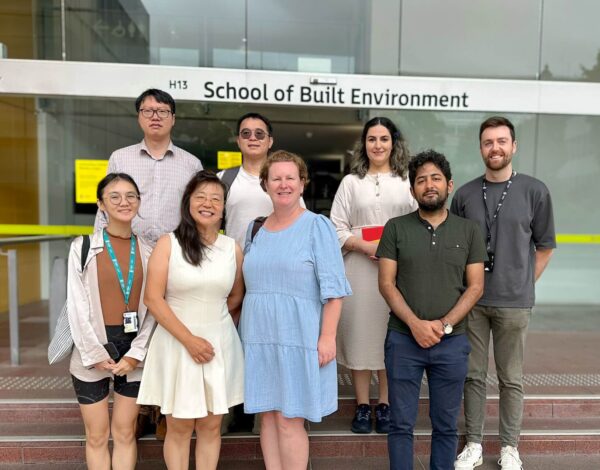
Image: TRaCE
UNSW Lead Chief Investigator Deo Prasad said the project is a major step towards decarbonising the building sector, with the successful implementation of the system at Dubbo to set the stage for widespread adoption across commercial, public, and residential buildings.
“We are developing a solution that will not only enhance energy efficiency but also pave the way for sustainable energy management in buildings across Australia,” Prasad said, noting that by developing a scalable, market-ready solution, the initiative will contribute to achieving national net-zero targets while improving energy efficiency in buildings, which account for 40% of global energy consumption and about one third of greenhouse gas emissions.
The project is supported by the federal government’s Trailblazer for Clean Energy and Recycling (TRaCE) Lab to Market Fund, which is providing funding, commercialisation support, and access to industry expertise. Dubbo Regional Council is providing in-kind project management assistance and support.
This content is protected by copyright and may not be reused. If you want to cooperate with us and would like to reuse some of our content, please contact: editors@pv-magazine.com.
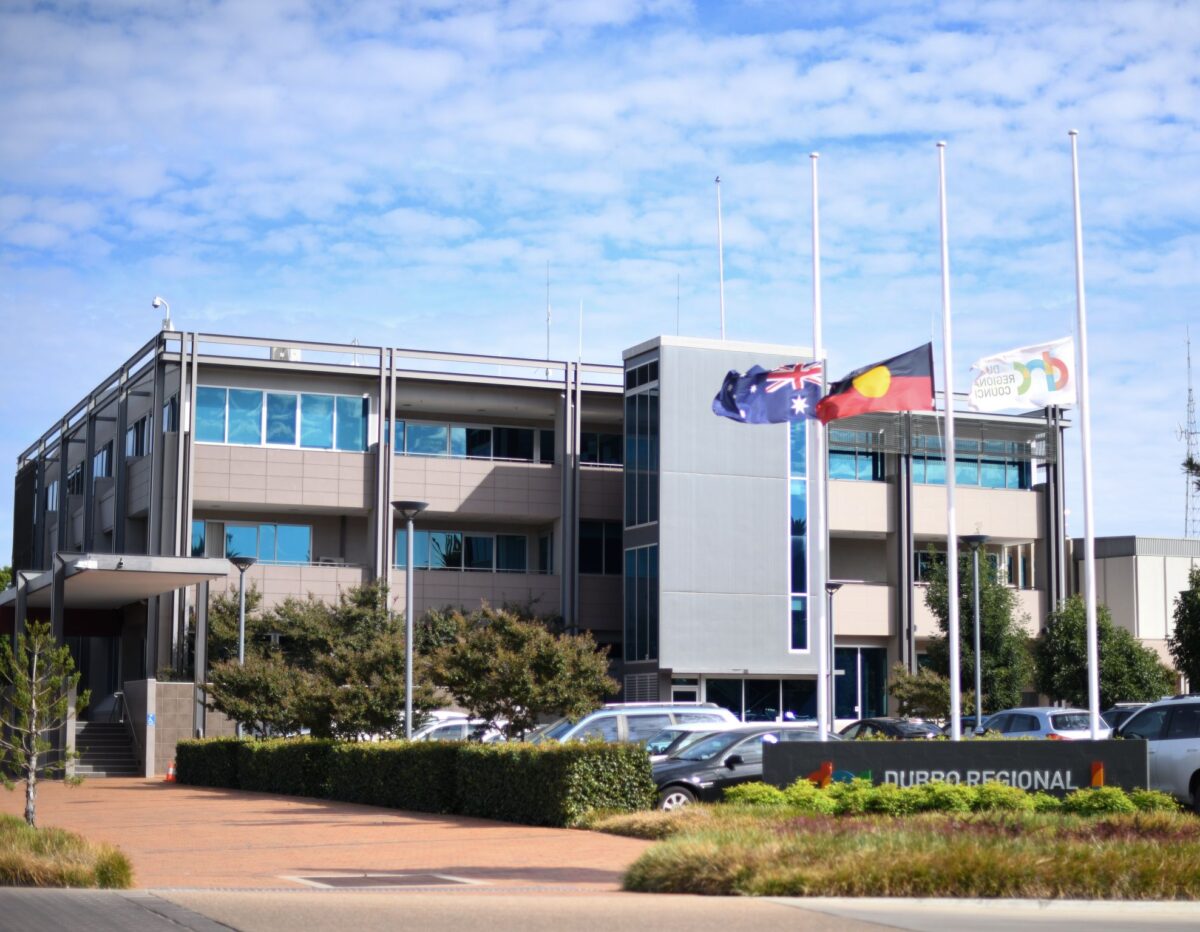
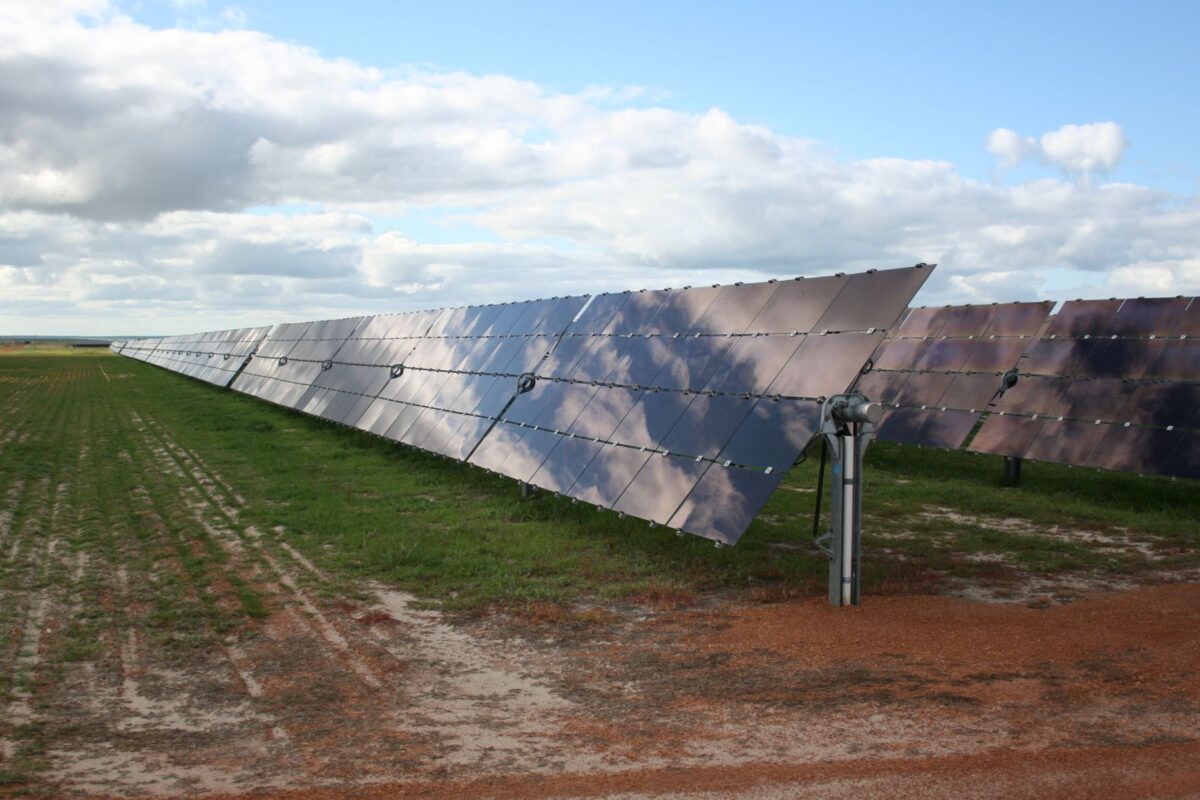



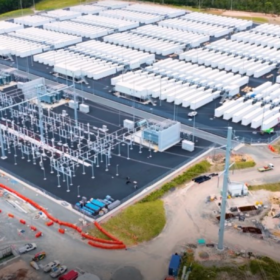
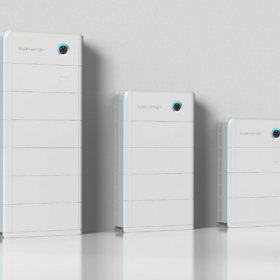

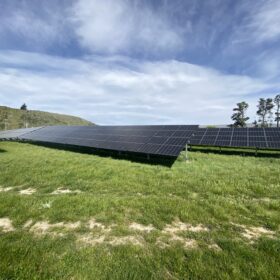
By submitting this form you agree to pv magazine using your data for the purposes of publishing your comment.
Your personal data will only be disclosed or otherwise transmitted to third parties for the purposes of spam filtering or if this is necessary for technical maintenance of the website. Any other transfer to third parties will not take place unless this is justified on the basis of applicable data protection regulations or if pv magazine is legally obliged to do so.
You may revoke this consent at any time with effect for the future, in which case your personal data will be deleted immediately. Otherwise, your data will be deleted if pv magazine has processed your request or the purpose of data storage is fulfilled.
Further information on data privacy can be found in our Data Protection Policy.